ICAO General Assembly 2025 Reaffirms Aviation’s Commitment to Net-Zero by 2050
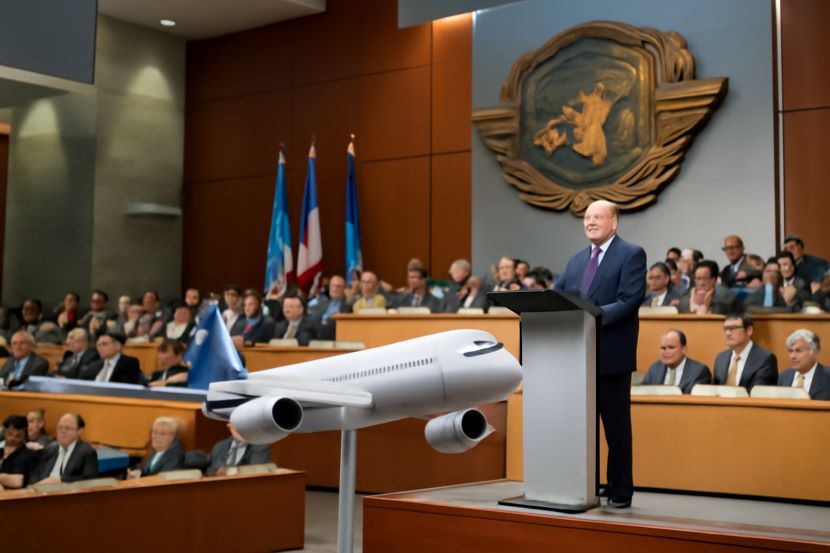
The 42nd International Civil Aviation Organization (ICAO) General Assembly, held in Montreal in October 2025, made waves with pivotal decisions concerning the future of aviation sustainability. As the global aviation industry faces increasing challenges, the commitment to achieving net-zero carbon emissions by 2050 remains steadfast, with substantial measures outlined to meet this ambitious goal.
Global Consensus on Sustainability Goals
One of the most significant outcomes of this year’s assembly was the reaffirmation of the Long-Term Aspirational Goal (LTAG) for net-zero carbon emissions in international aviation by 2050. This decision follows a landmark agreement during the 2022 ICAO General Assembly, where member states solidified their commitment to sustainable aviation.
Despite a shifting geopolitical climate that has occasionally deprioritized climate policies, the ICAO 2025 Assembly demonstrated unified global support for sustainability in aviation. The assembly emphasized that while aviation is navigating a turbulent world, its flight path towards net-zero emissions remains unaltered.
Progress on Sustainable Aviation Fuels (SAF)
A key area of focus at the assembly was the continued push for the adoption and implementation of Sustainable Aviation Fuels (SAF). The ICAO’s Global Framework for Sustainable Aviation Fuels was endorsed, targeting a 5% reduction in CO2 emissions from international aviation by 2030. This initiative is part of a broader effort to lower the sector’s carbon footprint and move closer to the 2050 net-zero target.
The assembly also welcomed the ICAO Finvest Hub, which aims to accelerate investment in clean technology solutions, particularly in SAF. This platform connects aviation project developers with financiers and government institutions to bridge the capital gap necessary for aviation decarbonization. With SAF seen as a cornerstone in the transition to a more sustainable aviation sector, this initiative marks a significant step toward scaling up production and use of cleaner aviation fuels worldwide.
New Standards for Aircraft Emissions
In addition to SAF initiatives, the assembly introduced new standards for carbon emissions and noise levels for both new and in-production aircraft designs. These enhanced standards aim to reduce the environmental impact of aviation, ensuring that modern aircraft contribute to reducing aviation’s carbon footprint.
Reaffirmation of CORSIA’s Role
A vital component of ICAO’s approach to global aviation decarbonization is the Carbon Offsetting and Reduction Scheme for International Aviation (CORSIA). CORSIA was reaffirmed at the 2025 ICAO Assembly as the world’s first global sectoral market-based mechanism. The scheme has seen increasing participation, with 130 states now engaged, up from 88 in 2021. By offsetting emissions through various projects, CORSIA plays a crucial role in helping the aviation sector manage its environmental impact.
Challenges Ahead: Regional Variations in Policies
Despite these advancements, the global push for sustainability in aviation is far from uniform. Regions around the world are implementing varying levels of commitment to decarbonization, with some regions moving faster than others.
- Europe remains a leader in aviation climate policies, with CORSIA policies likely influencing the EU Emissions Trading System (ETS). These developments could result in more routes being subject to carbon pricing, strengthening Europe’s role in the global sustainability movement.
- Meanwhile, in the United States, policymakers have leaned more heavily on incentives rather than mandates to promote SAF adoption. However, this approach has drawn criticism for its relaxed sustainability criteria, which may limit the environmental benefits of some fuels.
- The Asia-Pacific (APAC) region is also making strides, with SAF policies gaining momentum in countries like Singapore, Australia, and Japan, though the pace of adoption is slower compared to Europe.
These disparities in SAF adoption and carbon policies present a challenge to the global harmonization of sustainability efforts. However, the ICAO Assembly 2025 has emphasized the importance of aligning regional goals to avoid a fragmented approach to aviation decarbonization.
Airports Play a Crucial Role in Decarbonization
The assembly also spotlighted the Airports of Tomorrow initiative, advocating for airports to have access to reliable, renewable, and affordable energy supplies. With the aviation sector moving towards net-zero emissions, airports must be equipped to source renewable energy to sustain efficient operations and ensure they are resilient to climate challenges.
A Global Commitment to Sustainability
In an increasingly fragmented world, the ICAO 2025 Assembly reaffirmed the global aviation community’s commitment to sustainable air travel. By adopting forward-thinking policies, such as SAF integration and stronger aircraft standards, ICAO continues to pave the way for a more sustainable future in aviation.
This global commitment, if followed through with consistent international cooperation, holds the potential to create a greener, more resilient aviation industry, ensuring that travelers can continue to explore the world in a way that respects the planet’s future.
The post ICAO General Assembly 2025 Reaffirms Aviation’s Commitment to Net-Zero by 2050 appeared first on Travel And Tour World.





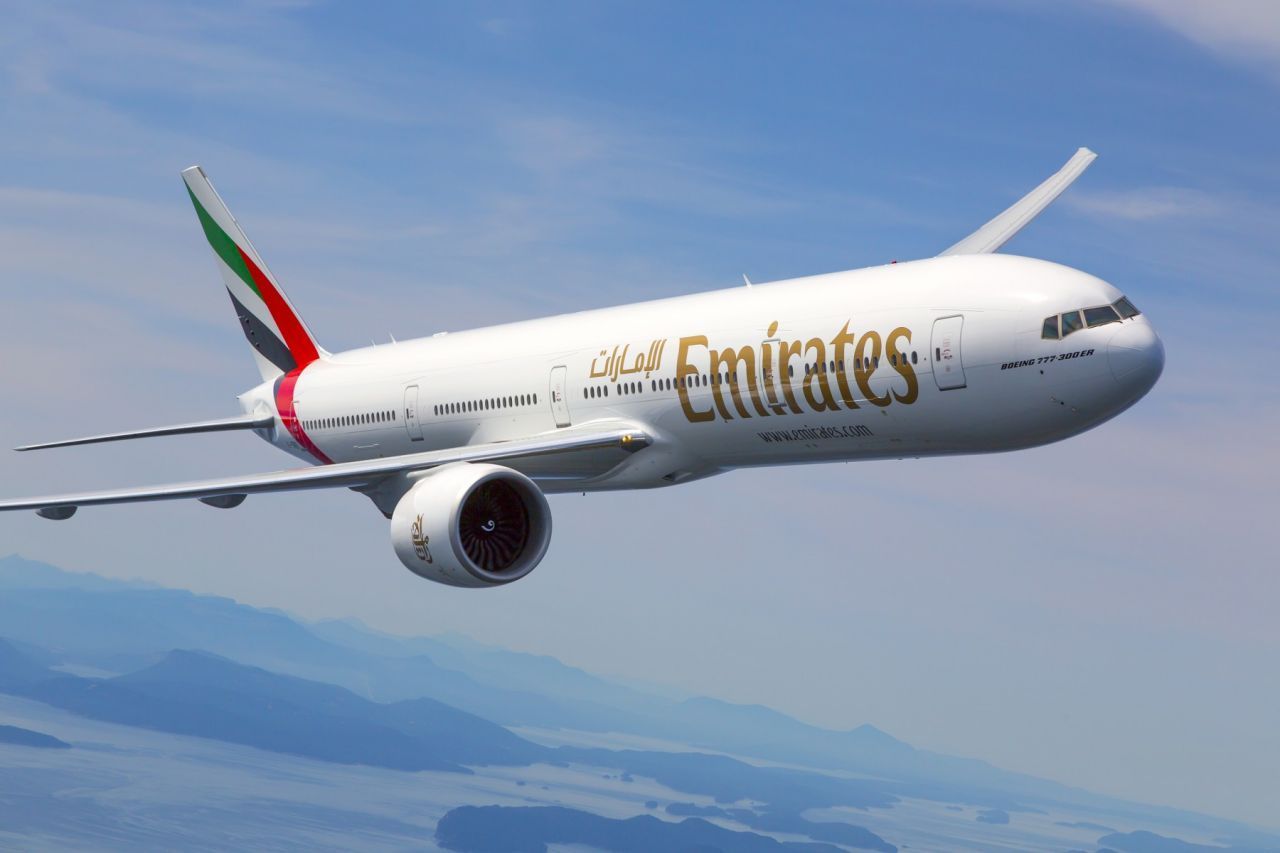 Emirates has reported a significant reduction in unexpected severe turbulence incidents across its global network after introducing a series of data-driven initiatives that use artificial intelligence, real-time analytics, and advanced weather prediction tools. The Dubai-based […]
Emirates has reported a significant reduction in unexpected severe turbulence incidents across its global network after introducing a series of data-driven initiatives that use artificial intelligence, real-time analytics, and advanced weather prediction tools. The Dubai-based […]  Air Tahiti will operate more than 40 additional flights between October 29 and November 1, 2025, to support the Hawaiki Nui Va’a, French Polynesia’s largest canoe race. The airline expects to carry over 2,600 passengers […]
Air Tahiti will operate more than 40 additional flights between October 29 and November 1, 2025, to support the Hawaiki Nui Va’a, French Polynesia’s largest canoe race. The airline expects to carry over 2,600 passengers […] 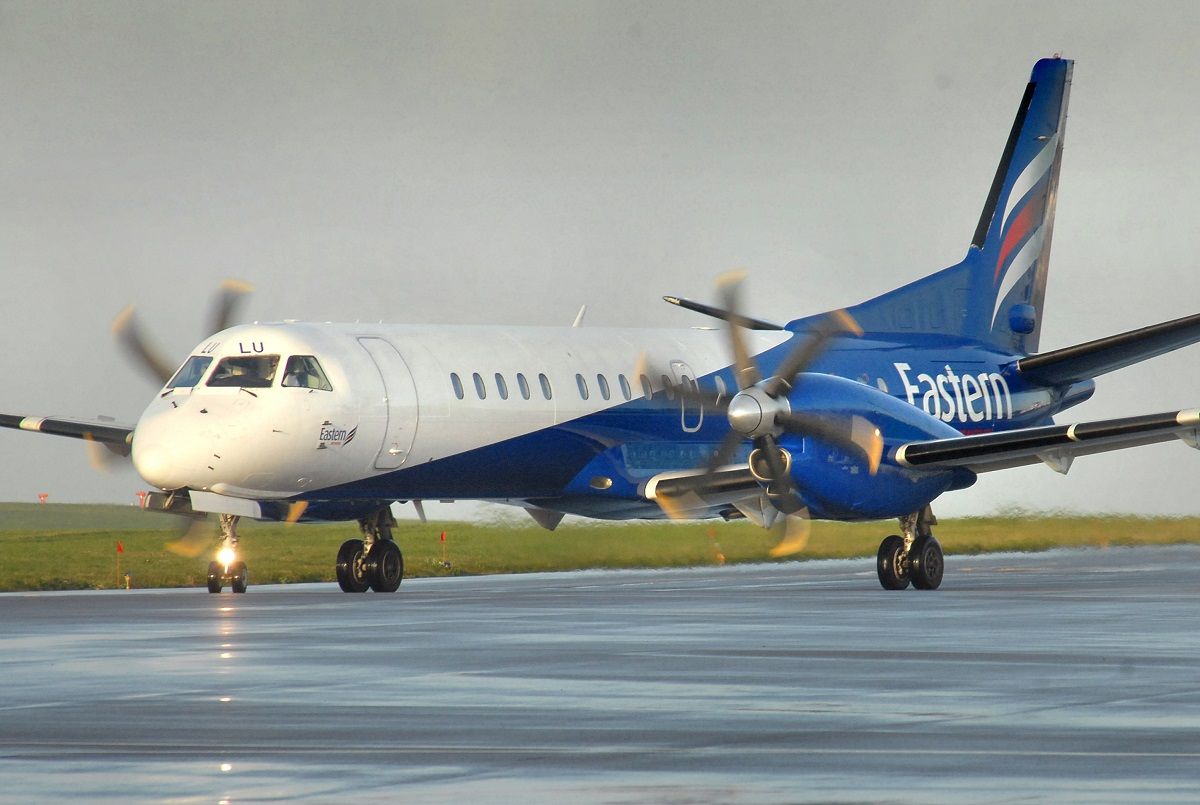 UK regional carrier Eastern Airways has cancelled all flights and suspended operations after filing a notice of intention to appoint an administrator. The move places hundreds of jobs and key regional air links at risk […]
UK regional carrier Eastern Airways has cancelled all flights and suspended operations after filing a notice of intention to appoint an administrator. The move places hundreds of jobs and key regional air links at risk […]  For decades, booking a charter flight has meant navigating a fog of phone calls, quotes, and guesswork. Prices could vary wildly, and no one—airlines included—had a clear picture of what the market was truly worth. […]
For decades, booking a charter flight has meant navigating a fog of phone calls, quotes, and guesswork. Prices could vary wildly, and no one—airlines included—had a clear picture of what the market was truly worth. […] 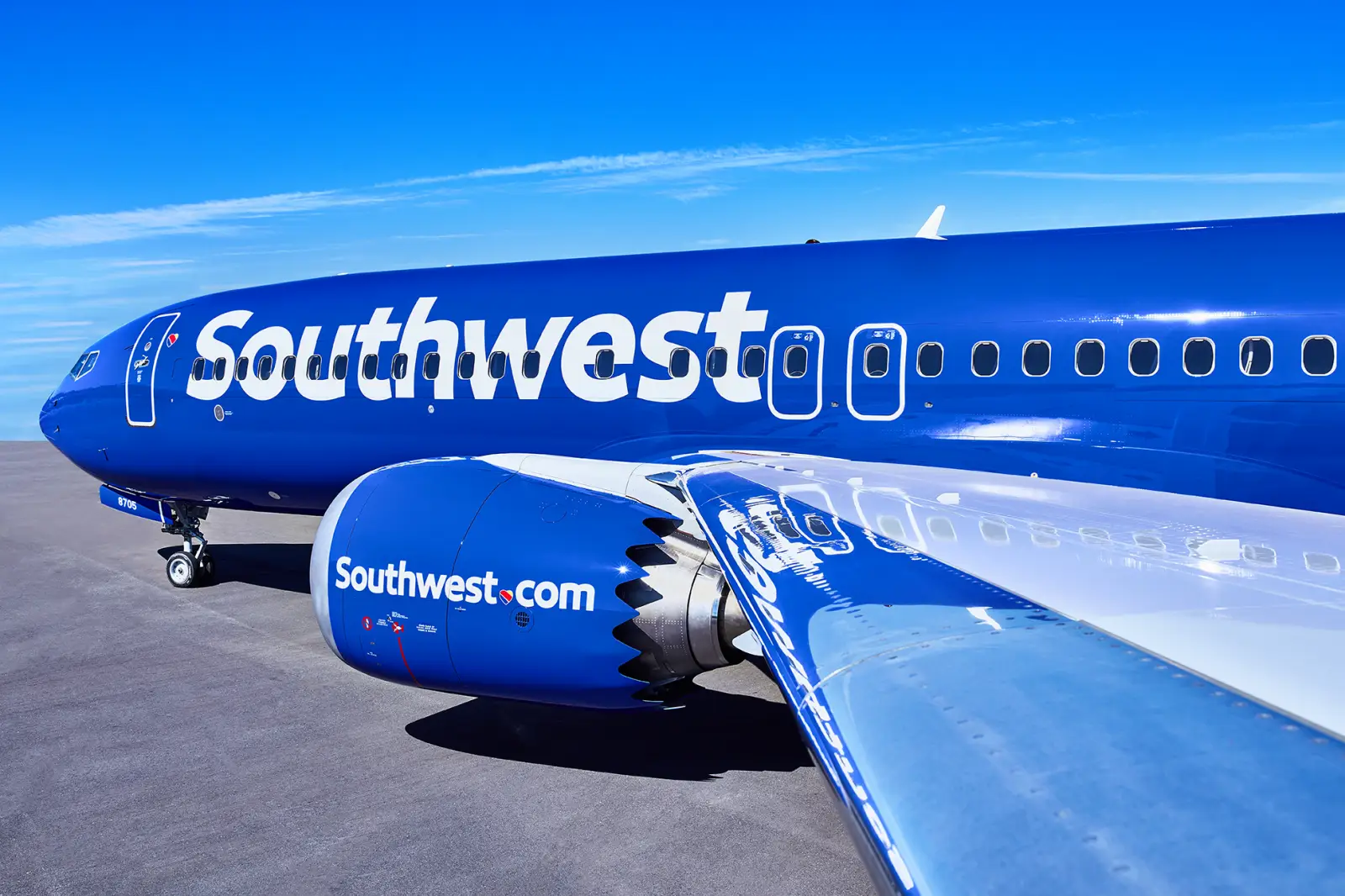 Hahnair, the world’s leading provider of airline distribution solutions, announced a pivotal interline agreement with Southwest Airlines Co. (WN). Operating the largest Boeing fleet in the world, comprising 802 aircraft, and covering 117 destinations across […]
Hahnair, the world’s leading provider of airline distribution solutions, announced a pivotal interline agreement with Southwest Airlines Co. (WN). Operating the largest Boeing fleet in the world, comprising 802 aircraft, and covering 117 destinations across […]  Airbus and the Cathay Group have announced a joint investment of up to US$70 million to accelerate the development of sustainable aviation fuel (SAF) production in Asia and globally. Under the terms of the partnership, […]
Airbus and the Cathay Group have announced a joint investment of up to US$70 million to accelerate the development of sustainable aviation fuel (SAF) production in Asia and globally. Under the terms of the partnership, […] 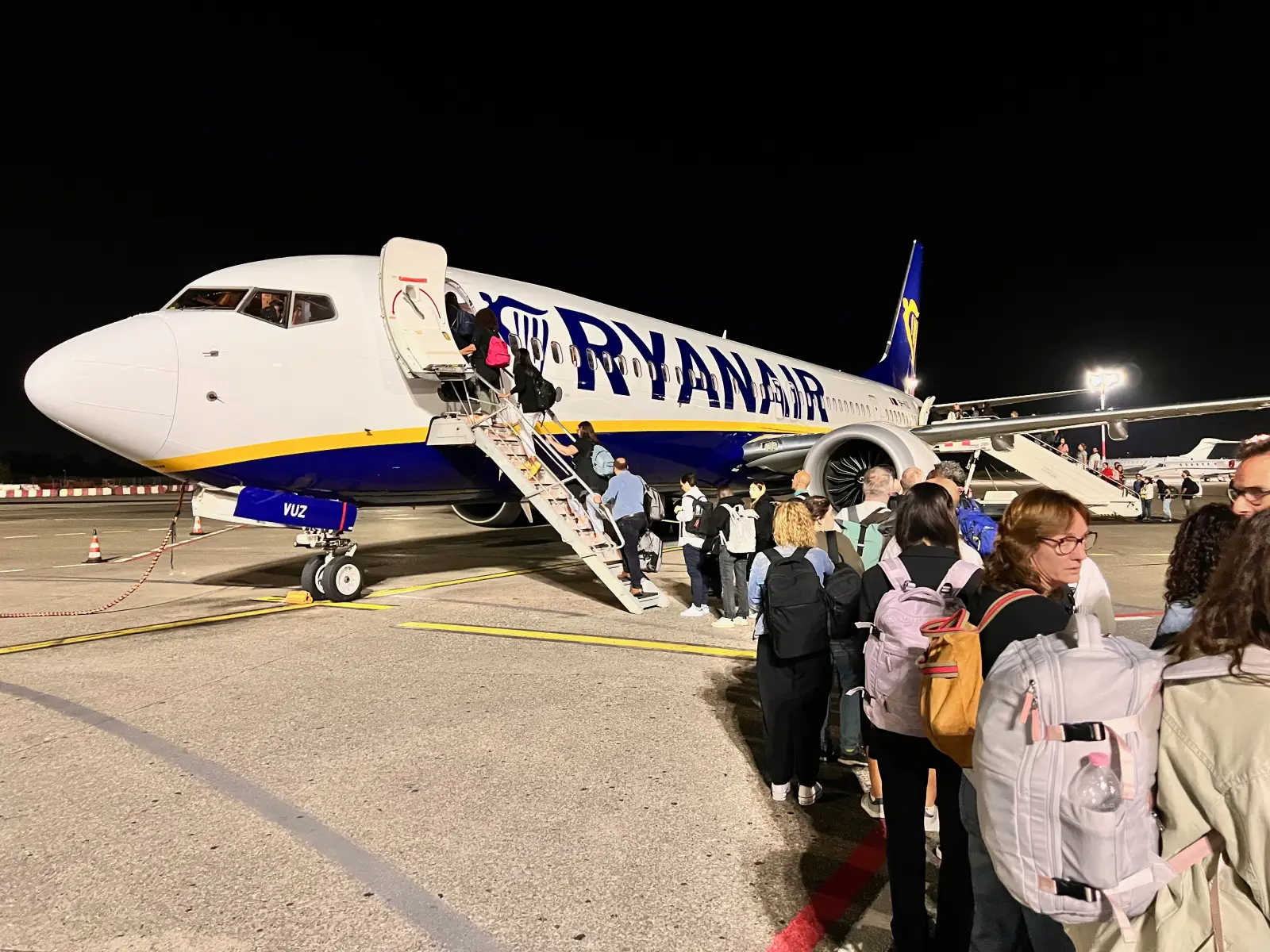 For most travelers, fumbling through pockets for a paper boarding pass feels like a relic of the past. Soon, for millions of Ryanair passengers, it actually will be. Starting November 12, the Irish low-cost carrier […]
For most travelers, fumbling through pockets for a paper boarding pass feels like a relic of the past. Soon, for millions of Ryanair passengers, it actually will be. Starting November 12, the Irish low-cost carrier […] 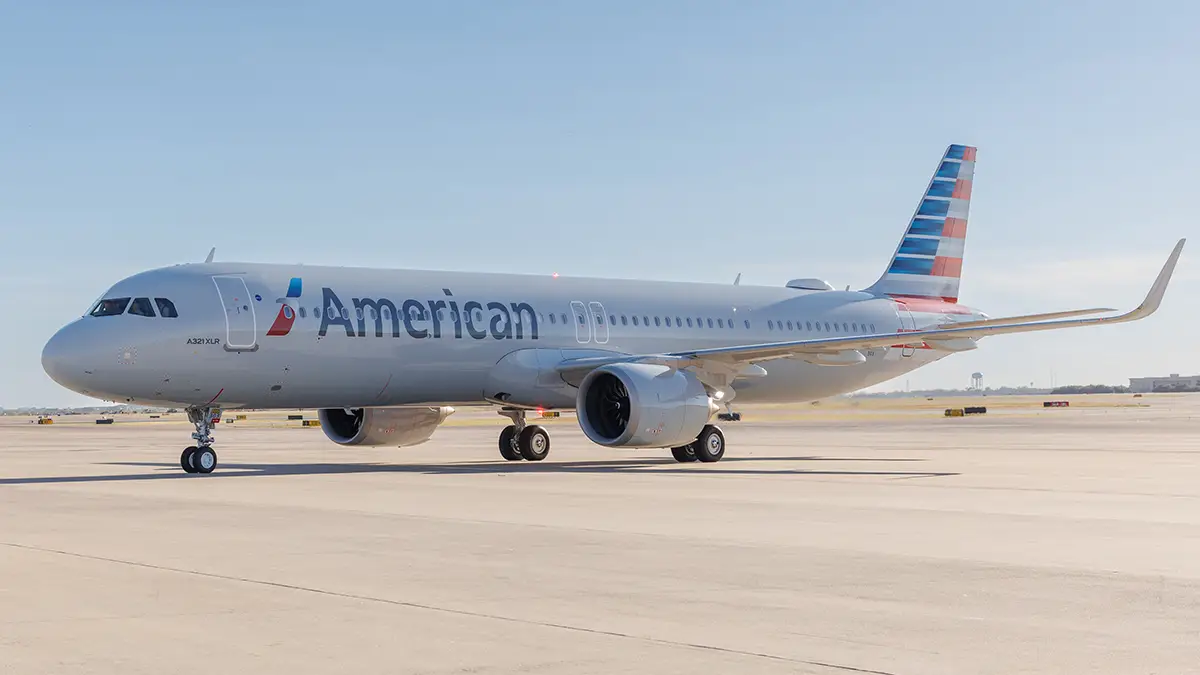 American Airlines will debut its new Airbus A321XLR aircraft on Dec. 18, introducing upgraded premium cabins and lie-flat Flagship Suite® seats on its cross-country routes. Tickets for the inaugural flight, operating as Flight 3 from […]
American Airlines will debut its new Airbus A321XLR aircraft on Dec. 18, introducing upgraded premium cabins and lie-flat Flagship Suite® seats on its cross-country routes. Tickets for the inaugural flight, operating as Flight 3 from […] 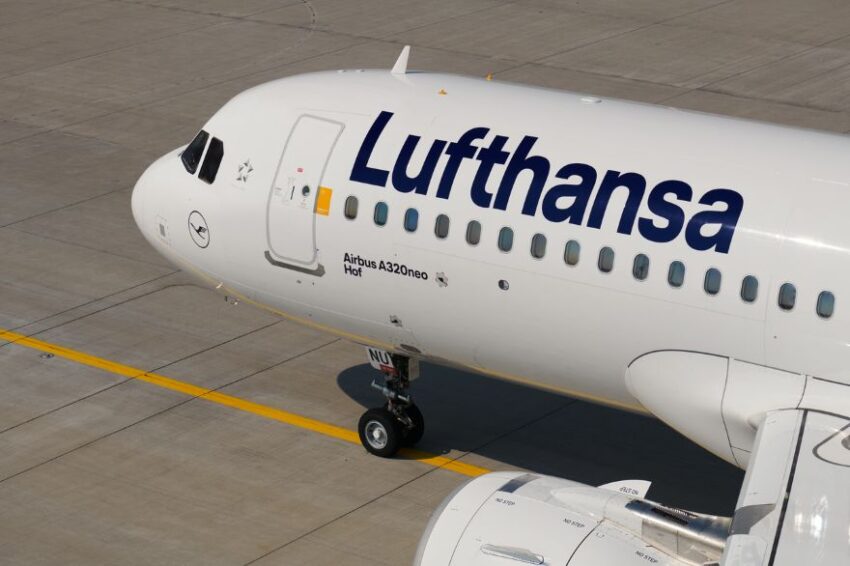
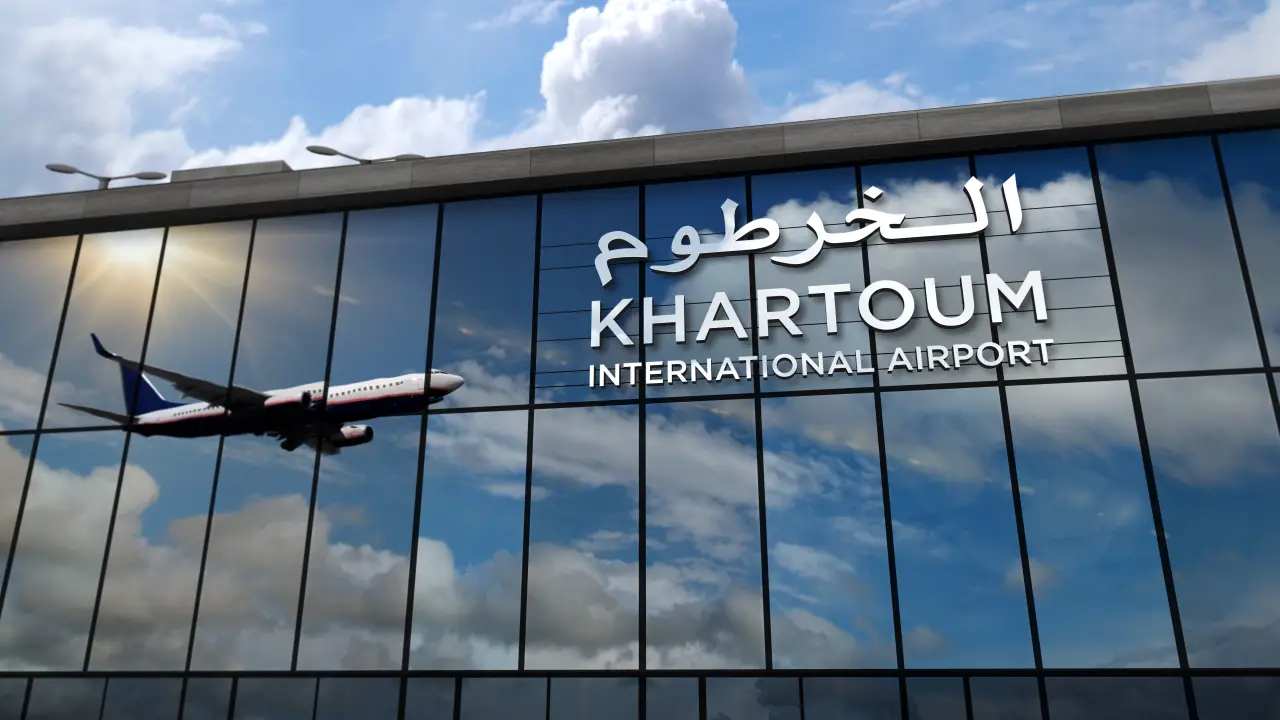 After nearly three years of silence, Khartoum International Airport has reopened for civilian operations, marking a symbolic step toward recovery in a nation deeply affected by conflict. The airport welcomed its first passenger flight in […]
After nearly three years of silence, Khartoum International Airport has reopened for civilian operations, marking a symbolic step toward recovery in a nation deeply affected by conflict. The airport welcomed its first passenger flight in […] 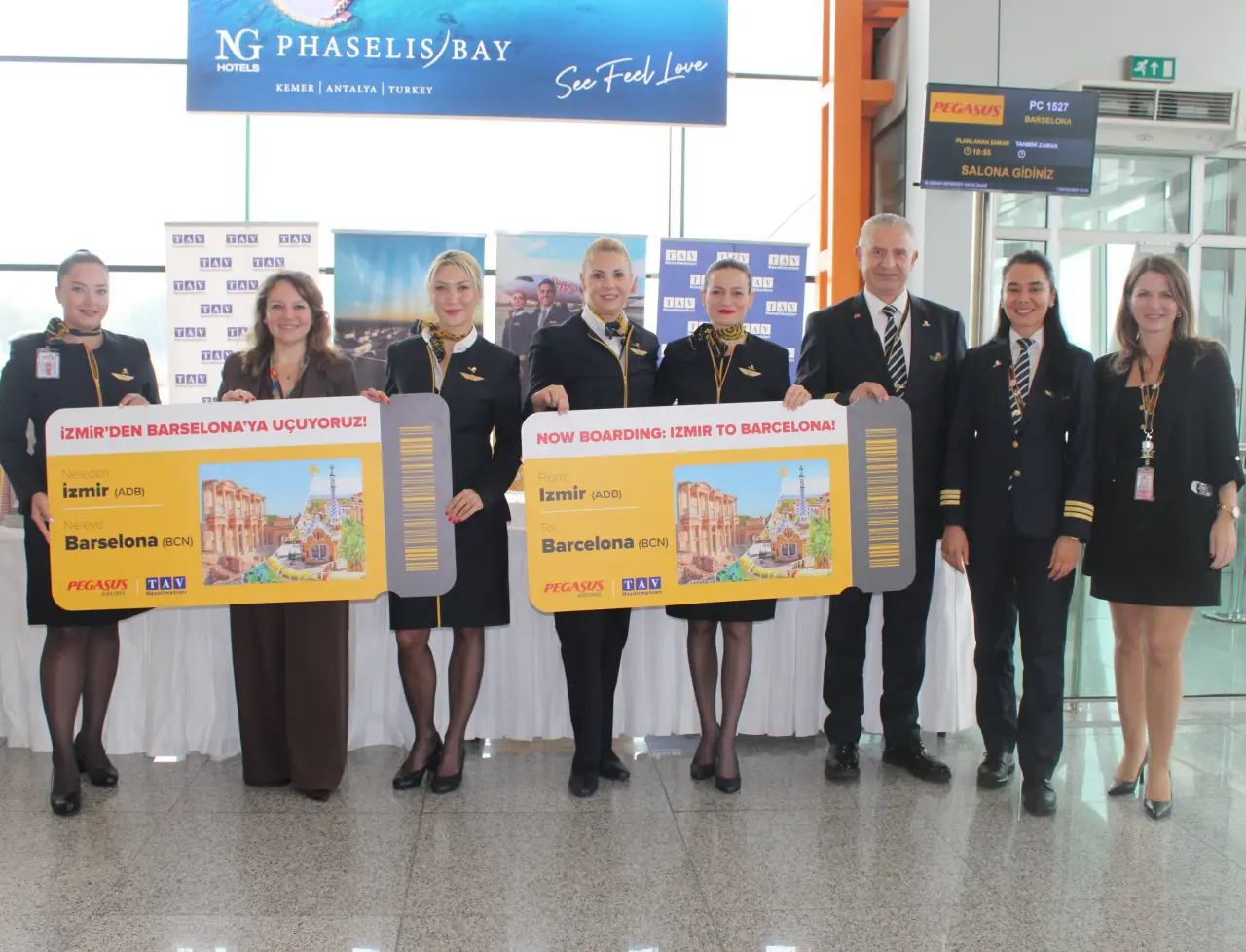 Pegasus Airlines has launched direct flights between Izmir Adnan Menderes Airport and Josep Tarradellas Barcelona-El Prat Airport, expanding its European network with a new connection linking Türkiye’s Aegean coast to Spain’s cultural hub. The route […]
Pegasus Airlines has launched direct flights between Izmir Adnan Menderes Airport and Josep Tarradellas Barcelona-El Prat Airport, expanding its European network with a new connection linking Türkiye’s Aegean coast to Spain’s cultural hub. The route […] 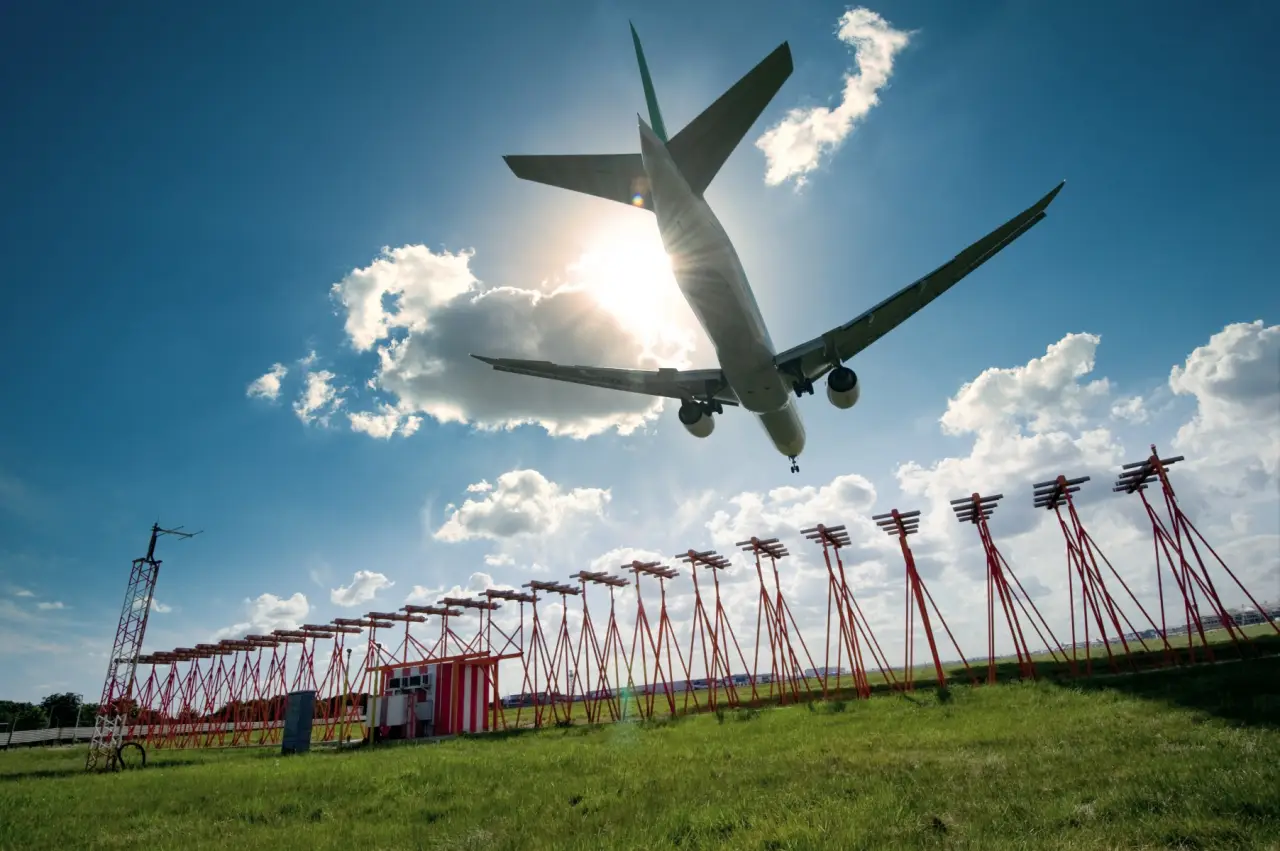 The UK government has approved the construction of a second runway at London Gatwick and a third at Heathrow, a move that could add hundreds of thousands of flights each year and trigger new debate […]
The UK government has approved the construction of a second runway at London Gatwick and a third at Heathrow, a move that could add hundreds of thousands of flights each year and trigger new debate […]  Changi Airport has unveiled its first sensory-friendly facility, the Calm Room, a purposefully designed space created to support neurodivergent travellers and their caregivers. Travel can be overwhelming, especially for passengers with invisible disabilities and their caregivers. […]
Changi Airport has unveiled its first sensory-friendly facility, the Calm Room, a purposefully designed space created to support neurodivergent travellers and their caregivers. Travel can be overwhelming, especially for passengers with invisible disabilities and their caregivers. […]